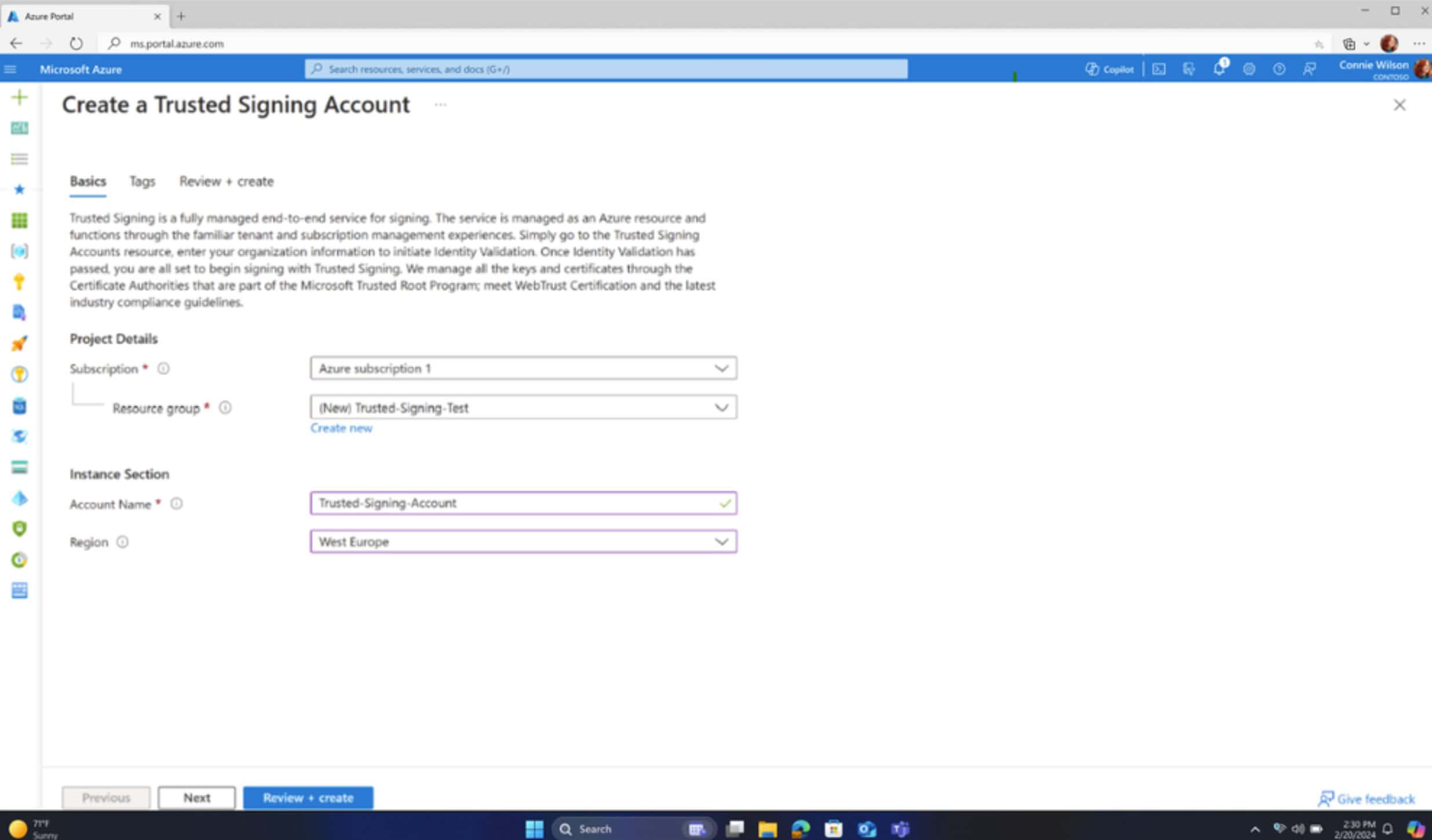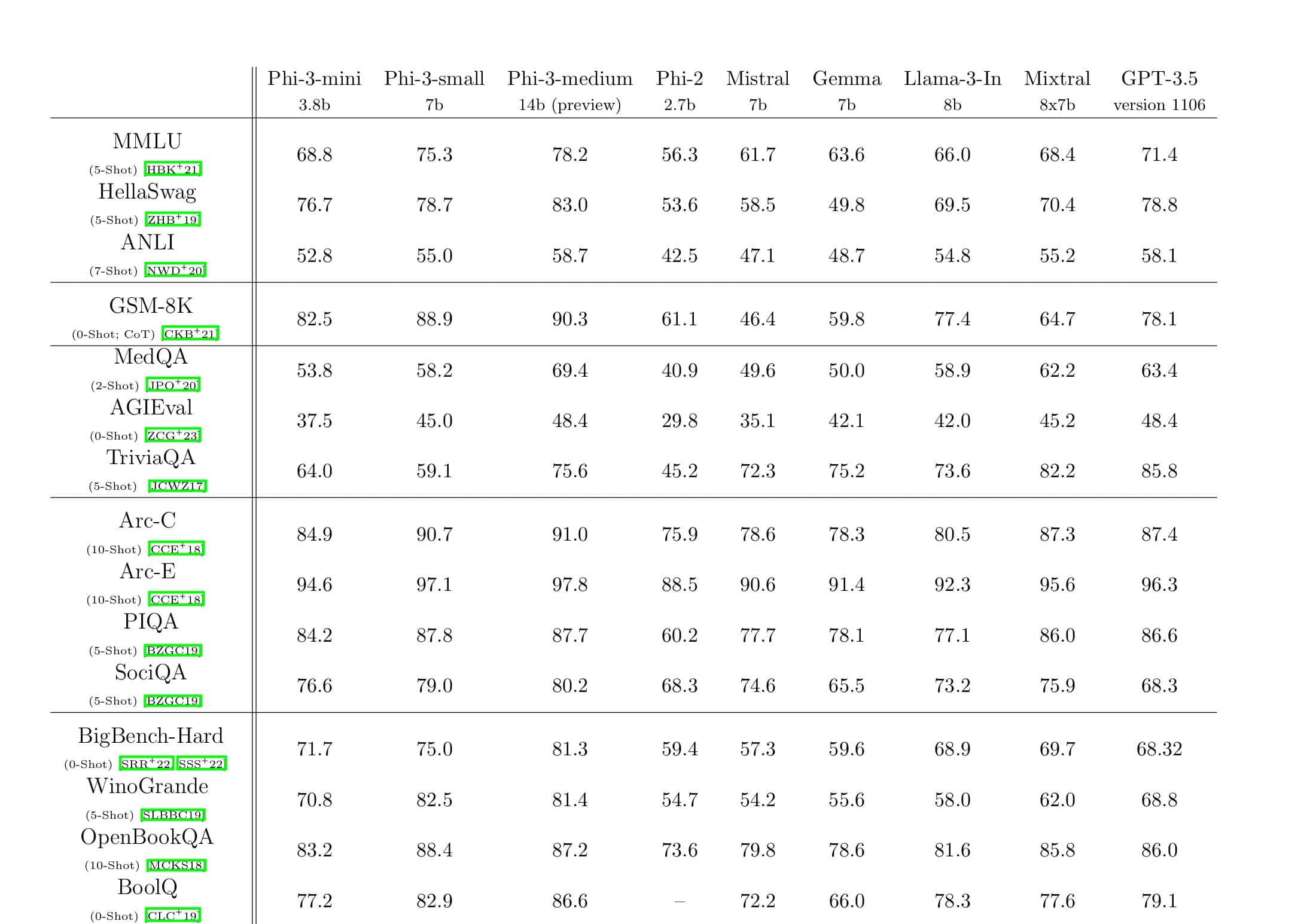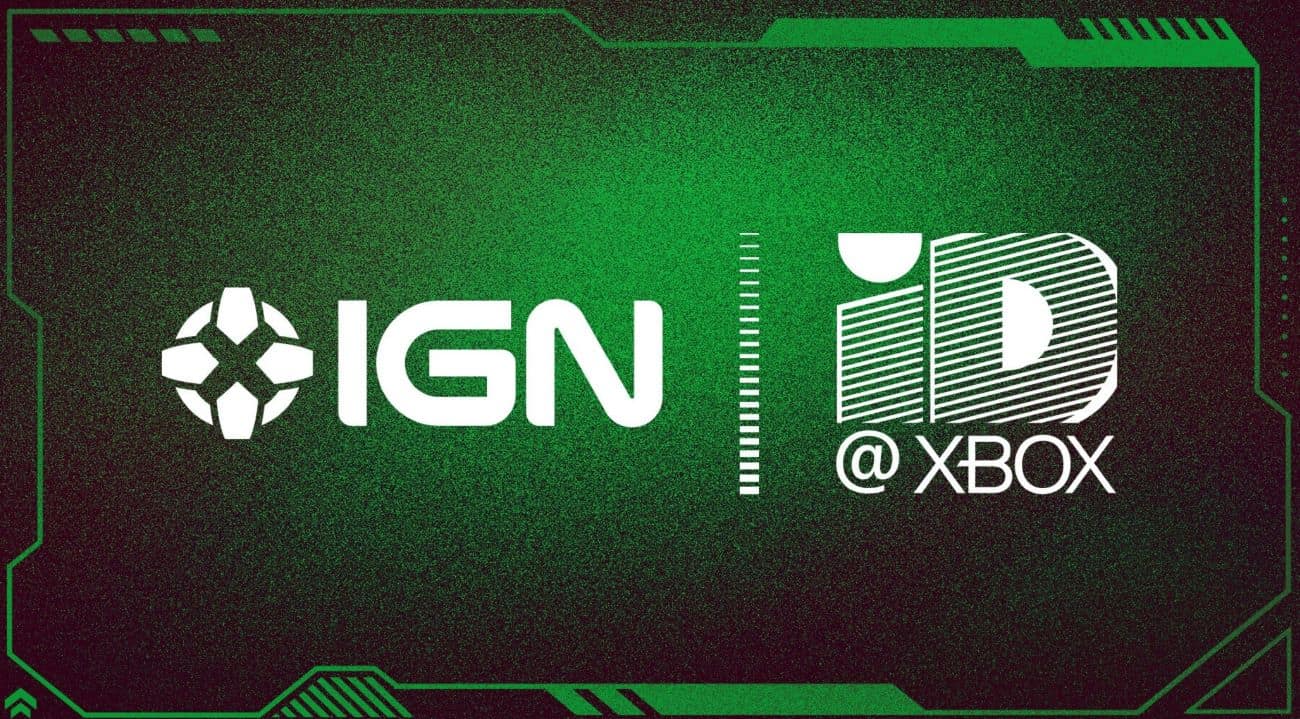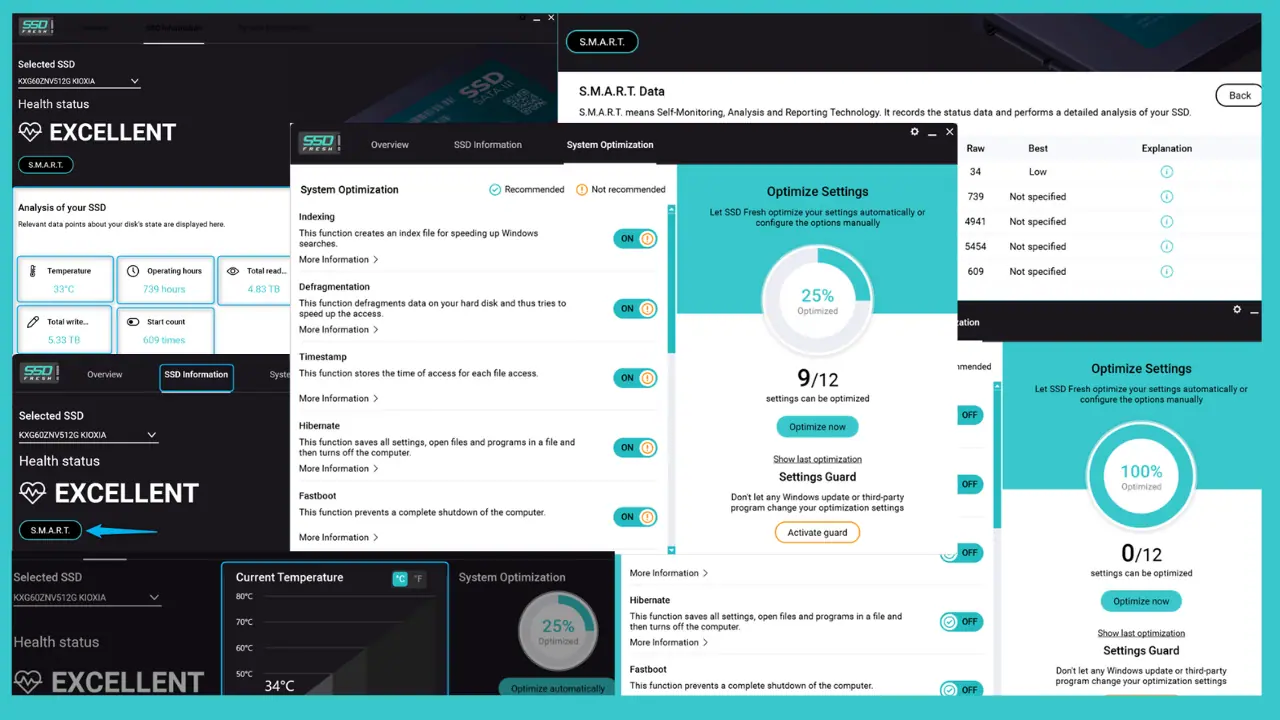More Details About Microsoft's Acquisition Of Wearable Computing IP From ODG Emrges Online
3 min. read
Published on
Read our disclosure page to find out how can you help MSPoweruser sustain the editorial team Read more
Last year, TechCrunch reportedthat Microsoft is in talks to buy Osterhout Design Group for $200 million. While ODG’s current product lineup might not be a great fit within Microsoft’s overall company strategy, we then reported that their technology will help Microsoft to build new products like Fortaleza glasses. Osterhout Design Group also owns 140 patents related to wearable computing, so Microsoft can also benefit from it.
Today, TechCrunch reported more information about this Microsoft’s deal with ODG. Microsoft has paid up to $150 million to buy IP assets related to augmented reality, head-borne computers, and related items from the Osterhout Design Group.
“In terms of what we’re doing [at ODG], we don’t meake weapons. We make things that can help people do their jobs,” he says. “The real focus are features that are applicable in the consumer space, too.” In other words, ODG may already be talking to other companies for consumer products; or its door is open to that possibility.
In any case, you can follow the patent trail for the basics. It’s a trove of over 81 patents, with six issued patents and “at least” 75 patents in progress both in the U.S. and internationally. You can trace them for yourself here; and here and here are links to two of the granted patents to illustrate the kinds of technologies we are talking about. They cover things like “See-through near-eye display glasses including a partially reflective, partially transmitting optical element” and “Video display modification based on sensor input for a see-through near-to-eye display.”
Facebook recently announced that they have acquired Oculus, a startup which focused on virtual reality gaming via head mounted displays for $2 billion. Mark Zuckerberg during his call largely dismissed Sony and Microsoft as their competitors in this space.
“Microsoft hasn’t even gotten to the point where they have anything to demo yet,” he said. Later in his remarks, he implied that the kind of device that Microsoft is working on is too tied to a console and that the route to domination will be in head-gear products that may in effect act as the consoles and mobile devices themselves. “What we basically believe is that unlike the Microsoft or Sony pure console strategies, if you want to make this a real computing platform, you need to fuse both of those things together.”
I don’t know how Mark concluded Microsoft’s strategy in this space without knowing anything about it!
Read more about from TechCrunch.









